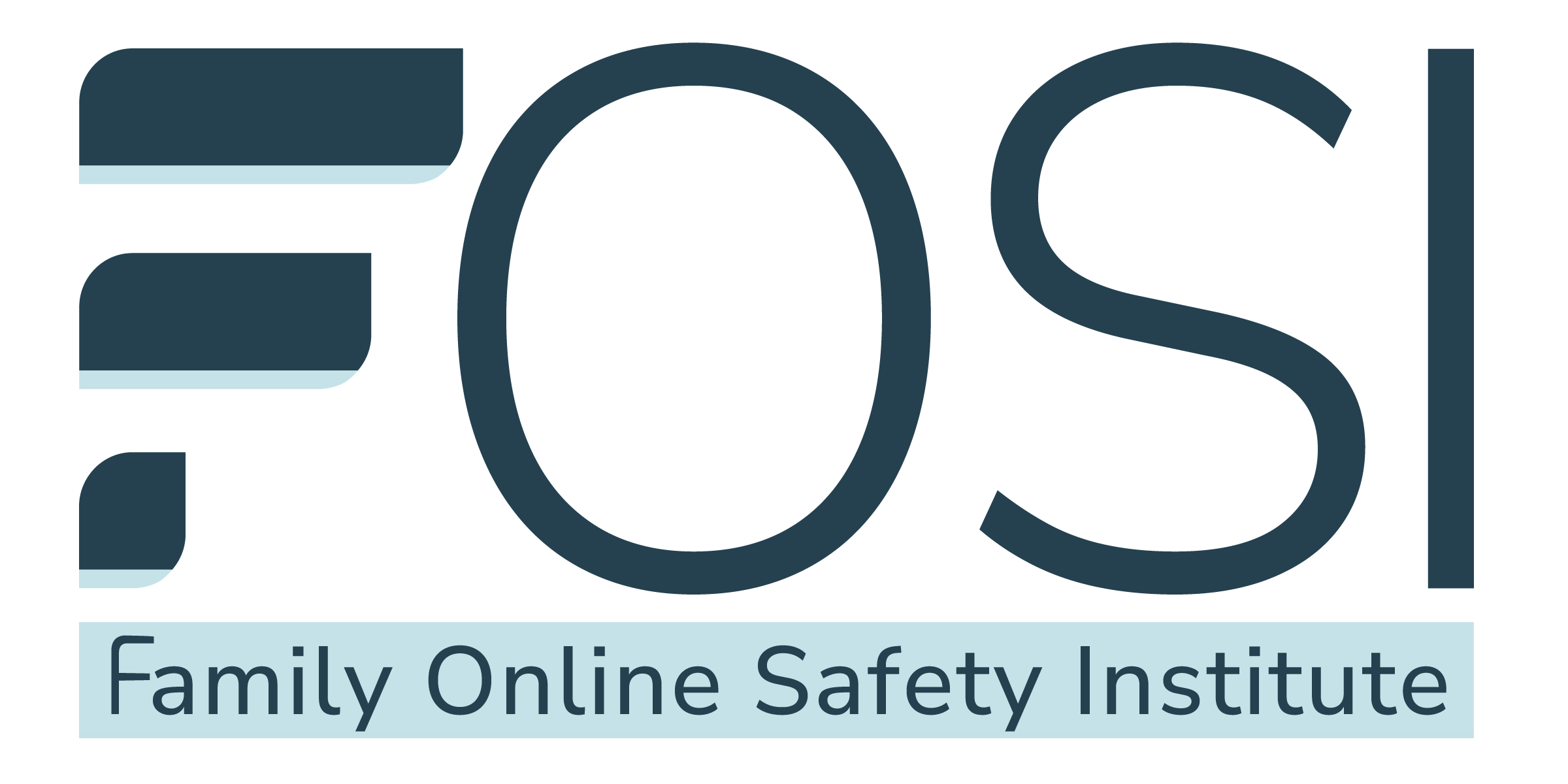For industry companies and social media platforms, learning what would be most valuable to parents is an ongoing process. As the digital landscape of apps, platforms and services rapidly changes, so do kids’ media habits and needs. For parents, this can feel like a constantly moving target that requires lots of dedicated time and energy to be spent “keeping up.”
We advocate for a collaborative approach to this challenge, encouraging parents to make healthy tech use a family goal that centers on ensuring that there is frequent, open discussion around daily digital life. This helps keep kids safer, parents more in the loop, and can be achieved with the help of practical resources used at home.
However, many parents feel that they need the support of technical tools to back up their household rules, particularly in light of the massive increases in screen time that came about as a result of COVID-19. In these cases, parents face a myriad of choices when it comes to parental controls, with offerings built into their devices, offered by service providers and routers, or controlled within the settings of apps, games, browsers, and platforms themselves.
In order to better understand the existing landscape of parental control tools and how families use and view them, FOSI launched a new research study last November, Tools for Today’s Digital Parents. In early 2021, we expanded this exploration into the Asia Pacific region for a comparative look at how parents thought about these tools. By selecting a subset of key takeaways from the original study, we created a short survey that ran in four APAC countries – India, Indonesia, the Philippines and Thailand – in order to better understand how parents’ attitudes were either the same, or different, to their US counterparts.
Responsibility and uptake
A particularly interesting theme that emerged from Tools for Today’s Digital Parents was the generational differences between parents, and the way they view who is most responsible for kids’ online safety. Within US households, the study found that 92% of parents have household rules for technology use, and that 65% of those parents enforce those rules with the help of parental controls or other technical online safety tools.
In APAC, it is clear that there is agreement that online safety starts at home. Higher percentages of parents reported that they use at least one type of parental control tool at home: 74% of Indian parents, 90% of Indonesian parents, 79% of Filipino parents, and 78% of Thai parents.
Concerns
Unsurprisingly, when we asked parents what the main reason was for using parental controls, we found that they are most concerned about the content their kids are consuming. Worries about sexual and violent content topped the list of concerns for US parents, and we found similar responses in APAC where parents in all four countries responded that control over access to sexual content, violence, or bad language was a top reason for utilizing parental controls.
This tells us that many concerns for parents are universal. Technology moves at a blistering pace, creating a nearly unanimous response that a key challenge is the general sense of overwhelm. Locating, understanding, and utilizing existing parental controls and online safety tools takes ample time and focus – something that busy parents tend to run short on.
Where is more support needed?
Overall, American parents felt generally unsupported by existing parental controls, with 71% reporting that they are not satisfied with the offerings they currently have. The ability to block adult content, along with robust privacy settings, were two of the most essential tools desired by US parents.
In APAC, there was consistency across all four surveyed countries that more controls are needed specifically at the device level – 62% of parents in Thailand, 72% of Filipinos, 66% of Indonesians, and a tied figure of 57% of Indian parents who felt equally that more controls at both device level and ISP level were necessary.
These studies are part of a broader conversation around how parents are being supported. While there are many cultural, geographical, and socio-economic factors that influence perspectives globally, there is also a consensus that more can always be done to support parents who are raising connected kids. In the upcoming years as the world recovers from the global pandemic, many “new norms” will remain, and an even more connected lifestyle will likely be here to stay.
While a challenging time, this is also an important opportunity for all online safety stakeholders to come together and innovate new solutions for the problems parents face.
The full report from November 2020 is available here, and the comparative poll results from the APAC region can be found here. FOSI held a forum on February 17, 2021, discussing these insights with several groups of NGO and industry stakeholders, which can be found here.













.svg)

